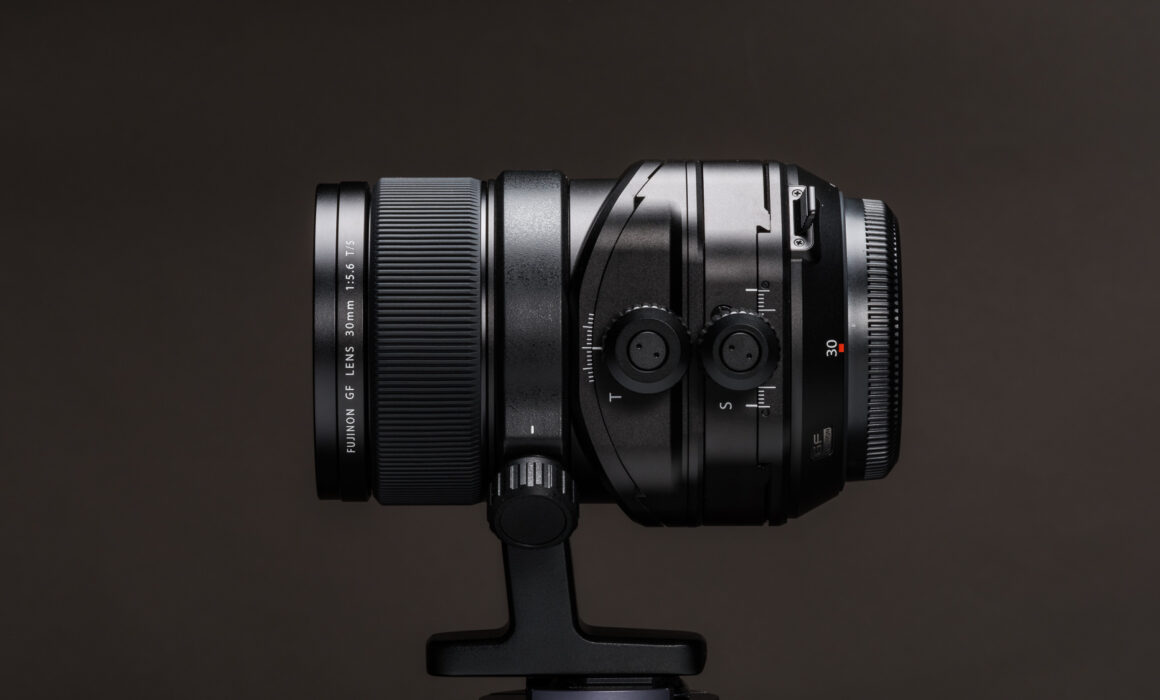Review: Fujifilm GF 30mm f5.6 T/S
Good things take a little longer:
An evening with Fujifilm’s GF 30mm f5.6 T/S Tilt Shift lens
The lens that the Fujifilm fan base, including myself, has been lobbying a perceived eternity for, has finally arrived: The new Fujifilm GF 30mm f5.6 T/S lens fills a hole in Fujifilm’s lens lineup, that has been bothering architectural photographers for a long time. It shifts, it tilts (if you’re into that kind of thing), and it finally allows us to use native glass to chase those perfectly parallel verticals.
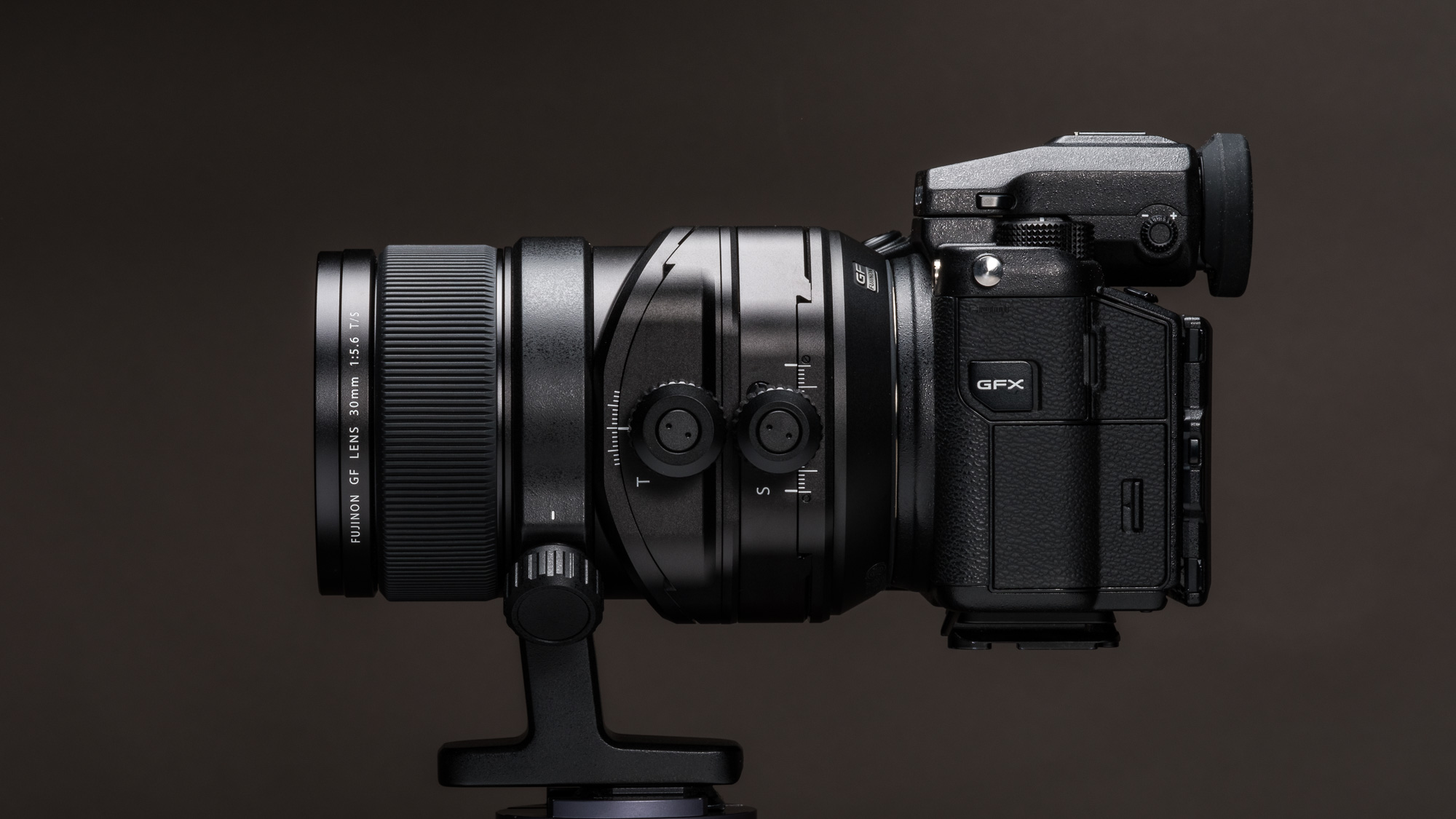
Fujifilm GF 30mm TS mounted on a GFX50S
To describe the GF30TS as long-anticipated would be an understatement. I hopped onto the Fujifilm bandwagon as an amateur in 2012, and again as a fulltime working architectural photographer in 2015. Around 2016, Fujifilm asked me to join the X-Photographer team (their ambassador program), and ever since I have chewed off everyone’s ear about creating a tilt-shift lens.
Disclaimer: Fujifilm New Zealand provided me with a pre-production lens for the duration of my review.
In the meantime, I made do with an adapted Canon 24mm/f3.5 TS-E II and a Canon 50mm/f2.8 TS-E. See my article here on how I have abused those poor lenses way outside their original design specifications. To summarise, I shot them in 35mm full-frame crop mode on my GFX50S, as well as uncropped across the entire sensor, boldly going to parts of the image circle that Canon never intended for practical use. This provided an incredibly flexible shift system at full-frame equivalent focal ranges of ~19mm, 24mm, ~35mm and 50mm.
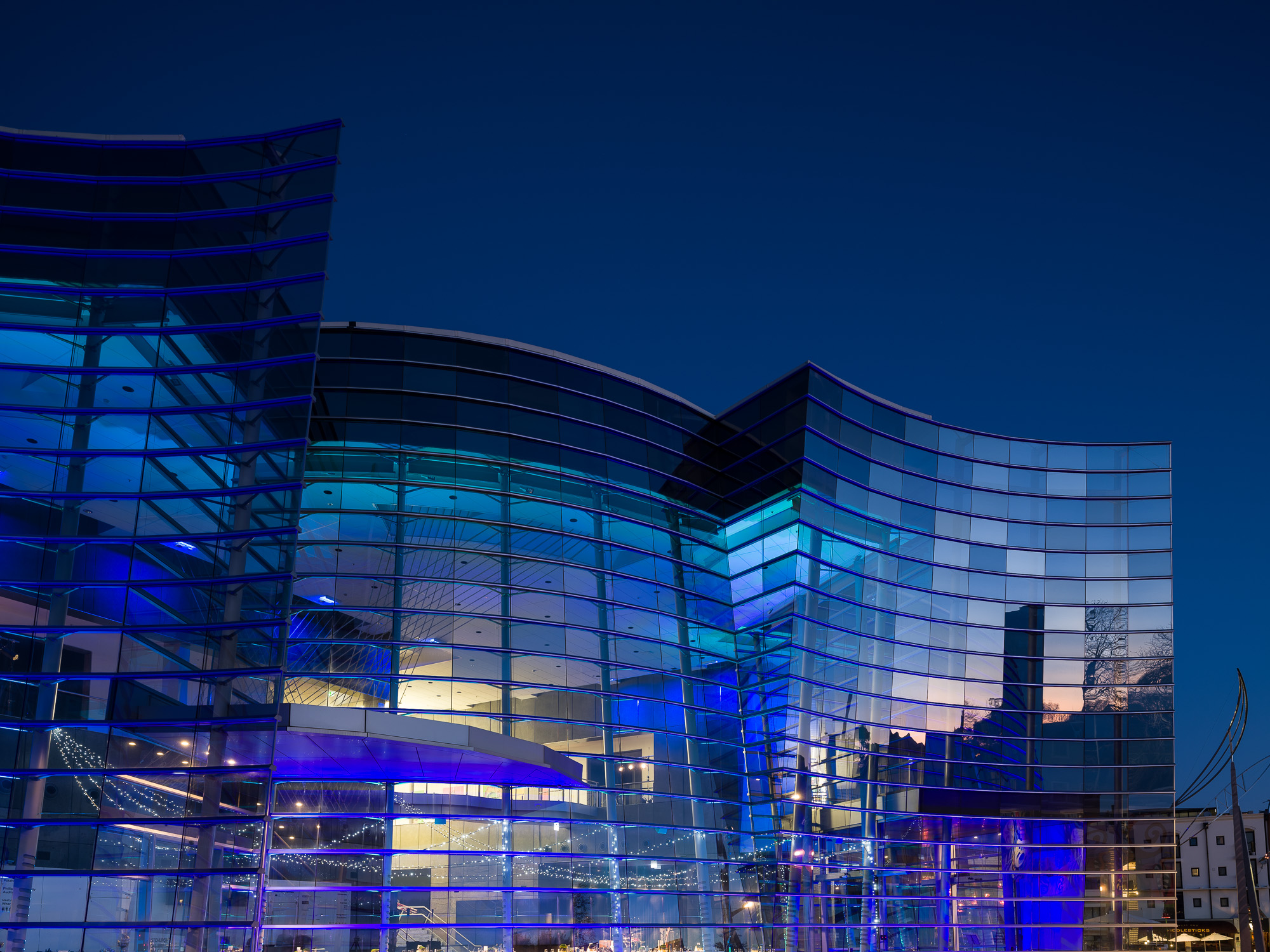
The price for this makeshift approach was a varying resolution of either 51 or 30 Megapixels, two different aspect rations (4:3 and 3:2), and varying optical issues like chromatic aberration and heavy vignetting at the extremes of the shift range when shooting across the full sensor (~19mm and ~35mm). The resulting images are perfectly workable, but occasionally require a little extra love in Photoshop.
When my Fujifilm rep contacted me about an opportunity to take the GF30TS for a spin, I was quite excited. Upon liberating the lens from its box, it did not come as a surprise that a wide-angle shift lens on an almost-medium-format sensor is a big boy. For work purposes I appreciate the size and heft, since it provides a good platform to work with. The lens oozes a sense of quality, with its beautiful finish and smooth mechanisms. I’ll hand out my first bonus point for its large knobs that should be fine to operate with gloves, without having to resort to 3d-printed accessories. I’m looking at you here, Canon!
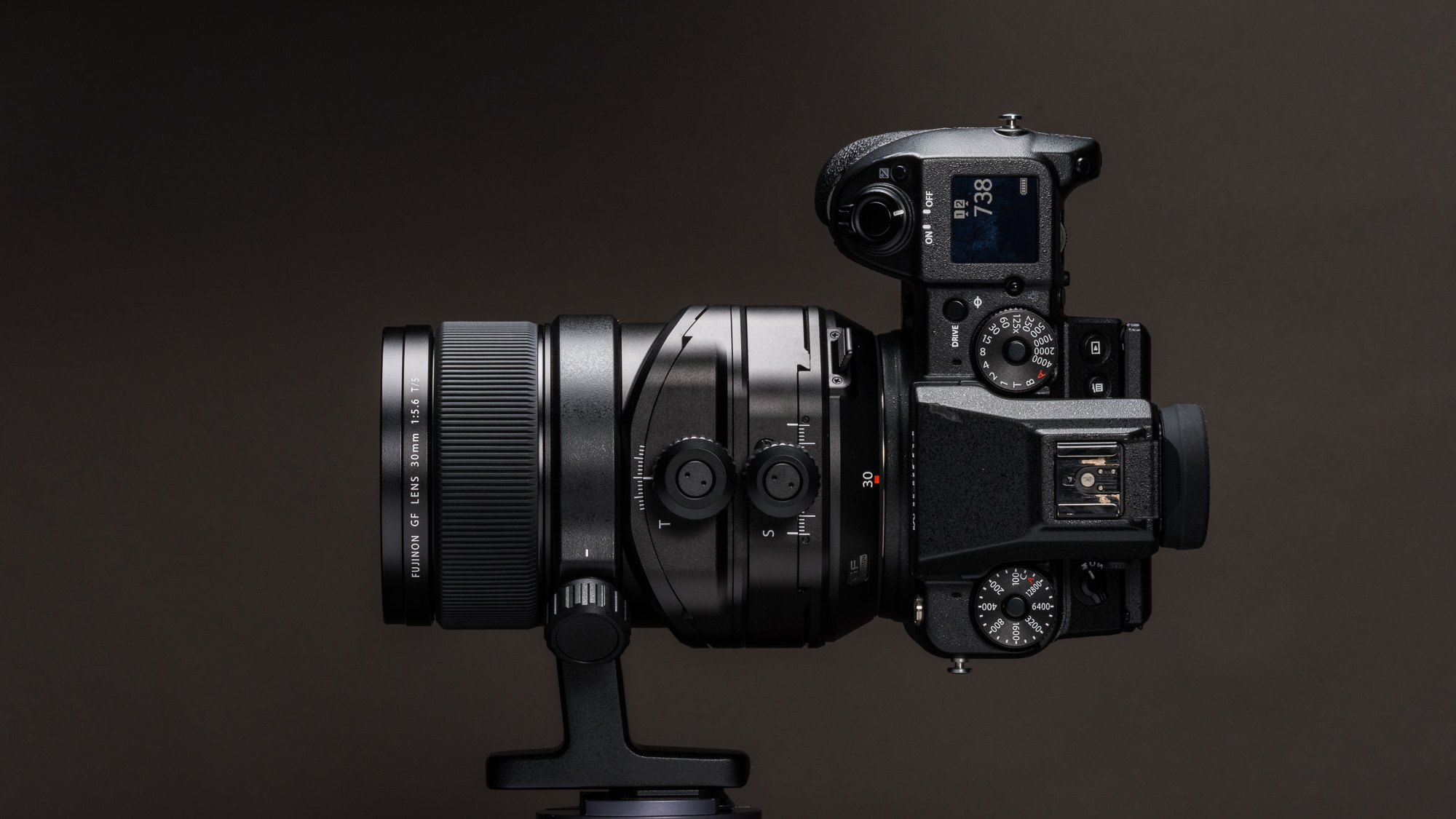
Orientation changes are easy thanks to the lens collar
It earns its second bonus point for including a lens collar that attaches in front of the shift mechanism. Currently, I’m having to use a third-party collar on my Canon lenses to achieve parallax-free shifting, which is extremely useful for shifted panoramas in close quarters. When the collar attaches to the rear of the lens, as some adapters for Canon lenses do, the parallax of objects closer than a few meters will inevitably fail to align. An additional benefit are rapid orientation changes without having to adjust the tripod head.
Rotation of the lens barrel is achieved through two rings that are unlocked with relatively large levers compared to my Canon lenses. Like on Canon TS-E lenses, the first ring rotates in 90 degree increments by up 270 degrees total, while the second ring rotates by 90 degrees. I was hoping for completely freely rotating rings, since that would have provided more freedom to shift diagonally.
I tested the lens in a real-world scenario, by putting it in front of local architecture in varying light conditions. Please peruse the usual review sites for a more technically minded review with charts and numbers. Editing was kept to a minimum to illustrate image quality.
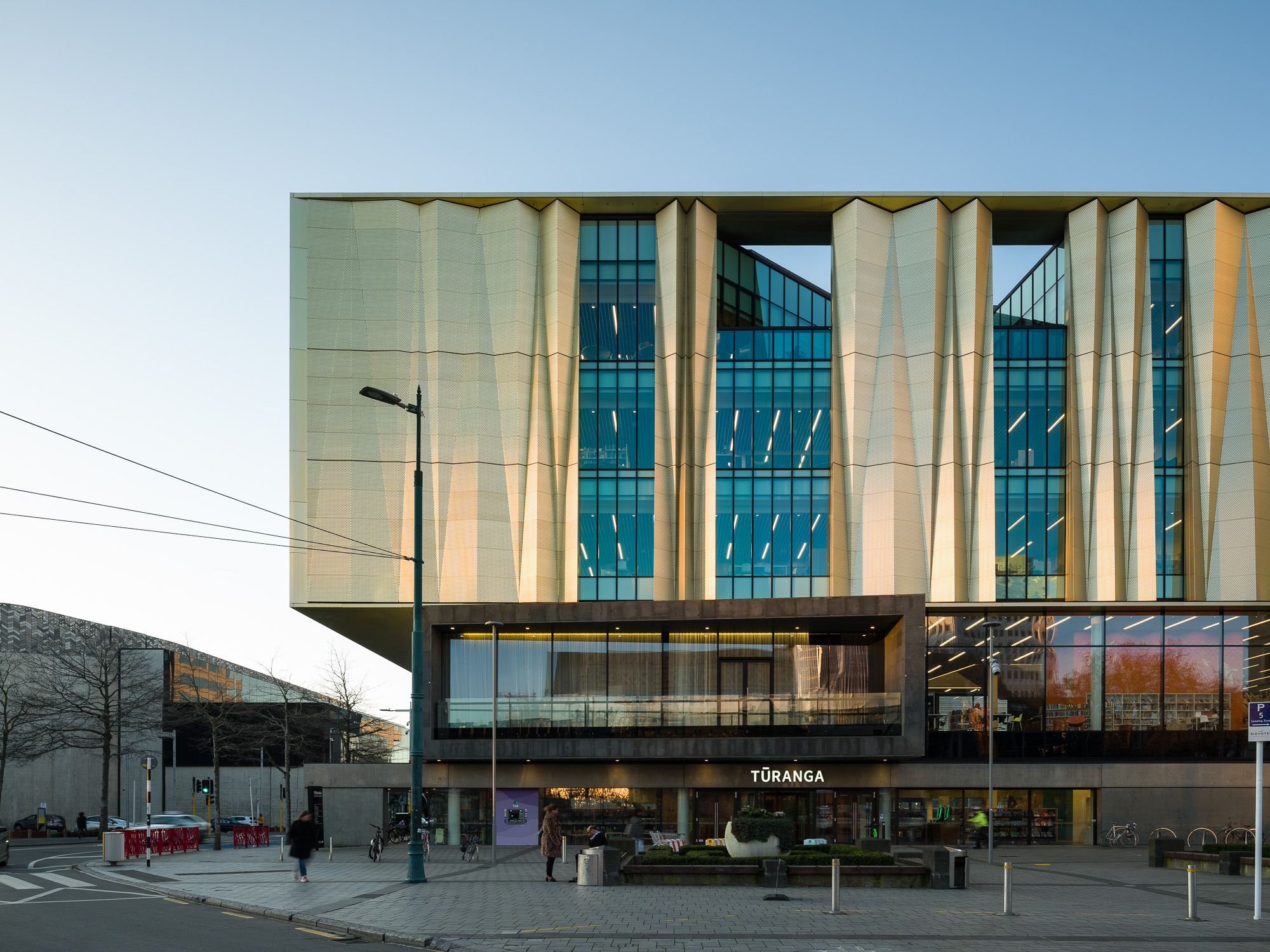
Full shift, no noticeable vignetting
My impression was the same that it always is when testing Fujifilm’s higher end lens offerings: There is not much to report. Short of some minor barrel distortion that was easily fixable with the distortion slider, I could not find any of the issues that plague me with my current lenses. Where the Canon system loves blessing me with chromatic aberration on high-contrast edges, I was not able to create any CA with this lens. The same goes for vignetting: When rotating the lens into portrait format and shifting the entire 15mm range to the top, I was not able to notice any darkening of the corners. The studio chart testers might find issues on a white background, but in my real-world scenarios I was not able to notice any vignetting.
And while it’s somewhat boring, there was also no drop in sharpness, no matter how far I shifted the lens. All images were captured at f11, which is necessary to achieve sufficient depth of field on such a large sensor. I did not test at f5.6, since it’s not relevant to my workflow.
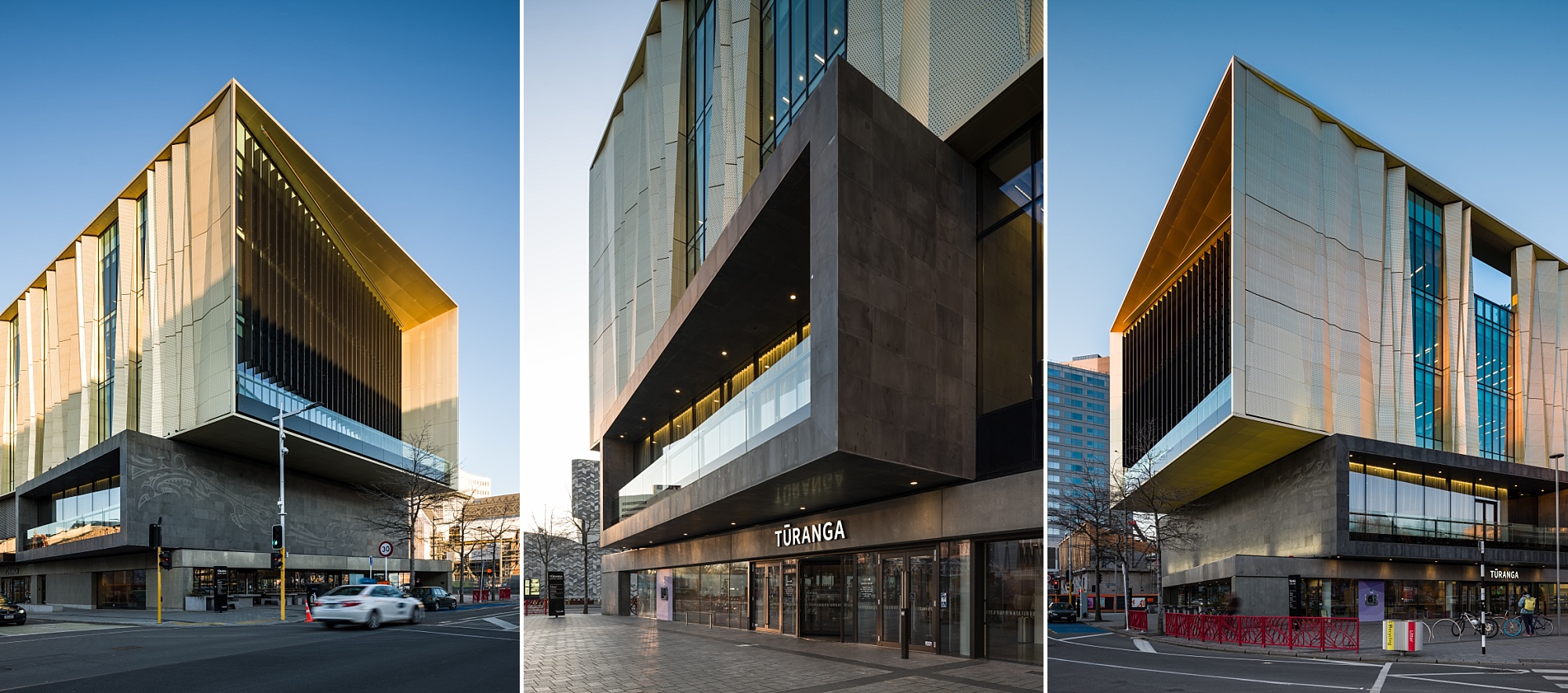
Full shift in portrait orientation, no vignetting
In terms of its optical performance, the GF30TS is everything that I hoped for. I finally get to use the sensor’s full 51 Megapixels at a 24mm full-frame equivalent focal length, and more importantly to me, I get to shoot in a 4:3 aspect ratio. Short of some very minor barrel distortion, I found the image quality impeccable. To be fair, for its very hefty price tag I expect no less.
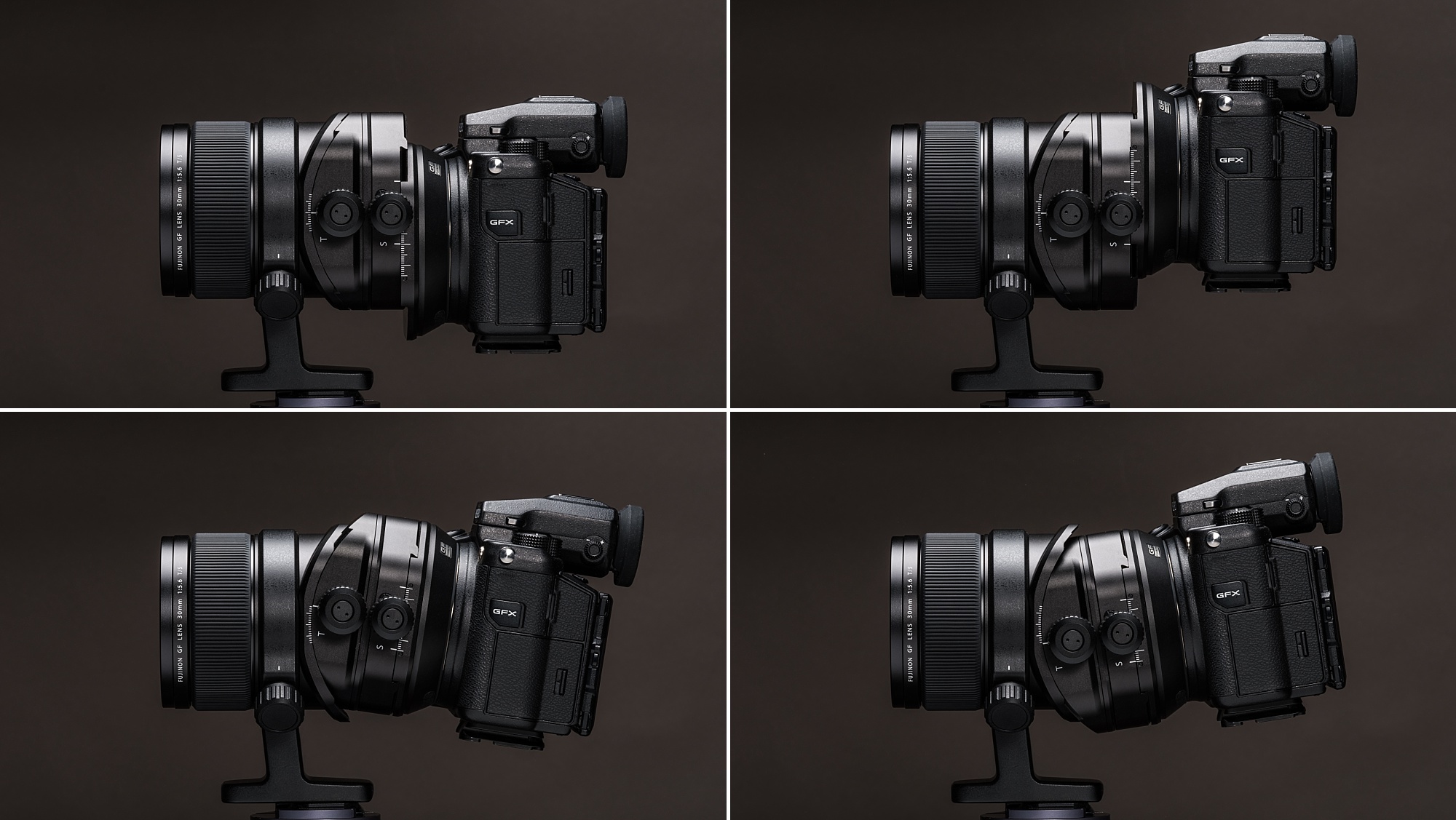
Full shift and tilt applied in landscape orientation
The GF30TS advertises a native filter thread size of 105mm on the box. This diameter is achieved by attaching a provided step-up ring, that also steps the adapter thread back slightly. I assume this is to avoid issues with hard vignetting.
The thread on the lens is covered with a threadless ring that cannot attach any filters directly, and that only serves to provide a recess for the smaller of the two lens caps to clip into (I have to make some assumptions here since no manual was included). I tried attaching various standard adapter sizes to the integrated thread, but it seems to be a custom size of about 76mm. I measured this with digital calipers. My 77mm Lee Filters adapter ring would not fit. I assume this is all by design so usage of the 105mm adapter is necessary, instead of encouraging homemade solutions that might result in vignetting. Since I do not own 105mm filters or adapters, this feature remains untested.
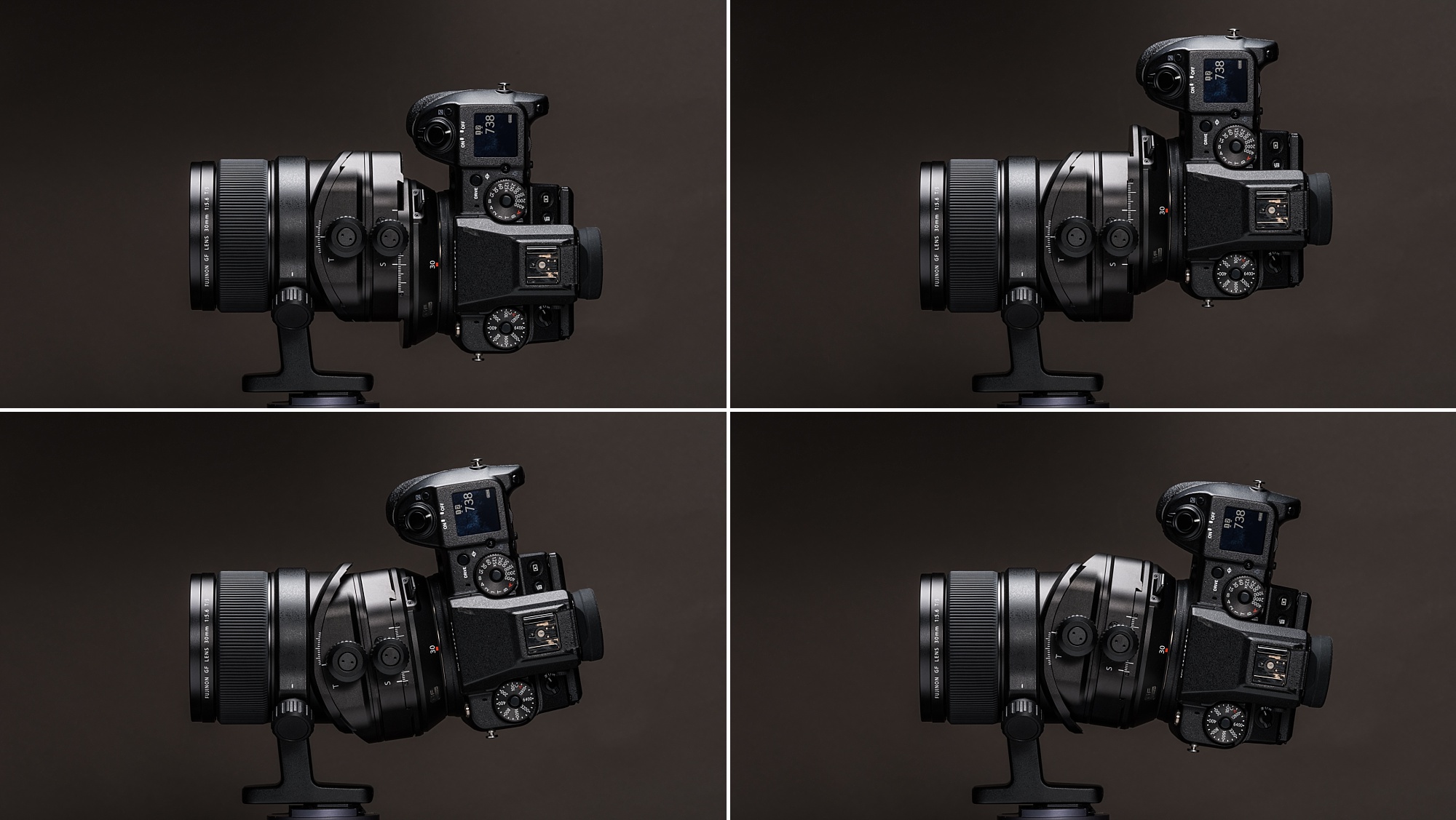
Full flip-flops in portrait orientation
Speaking of accessories, Fujifilm also provides an aluminium lens hood that screws into the 105mm thread of the adapter ring. The lens hood does not introduce any vignetting. A second, larger lens cap is provided for the adapter ring.

The tilt function remains equally untested, since I do not use it in my daily work. For what it’s worth, according to the specs it tilts by 8.5 degrees in either direction.
During testing I ran into two small issues: The body would sporadically lose connection with the lens, which is likely an issue with my ageing camera body. I occasionally run into the same issue with my Canon lenses.
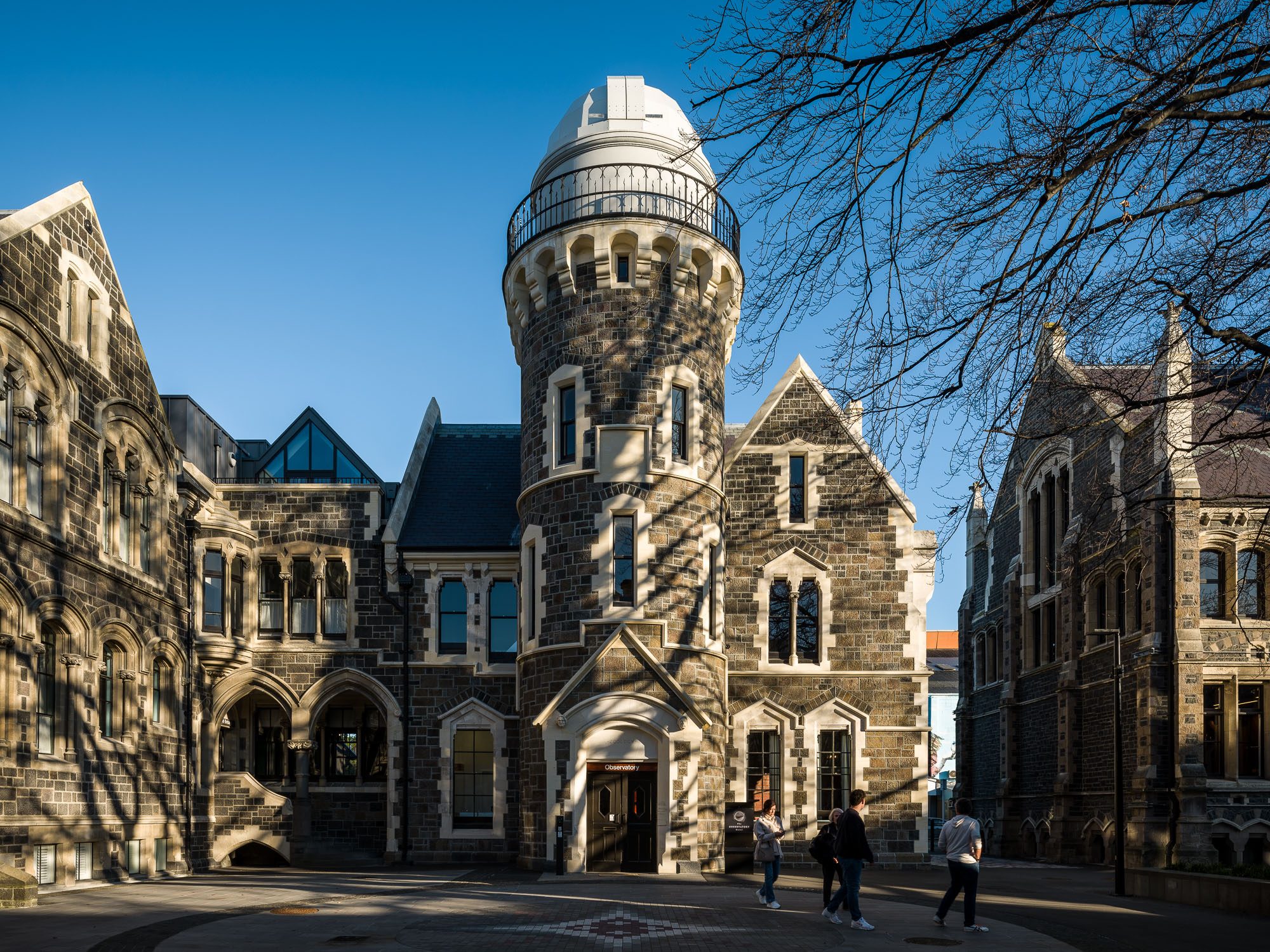
More annoyingly, there is a small haptic issue. When grabbing hold of the bulky GFX50S hand grip and rotating the body to portrait orientation when fully shifted, my fingers were pinched between grip and lens. Without any shift applied, the body rotates nicely around the lens while holding on to the grip. I would not expect this to be an issue on the rangefinder-style GFX50R body with its slimmer grip, and cannot speak to the other bodies. If their grips are equally deep as the one on my GFX50S, I would expect the same finger pinch to occur.
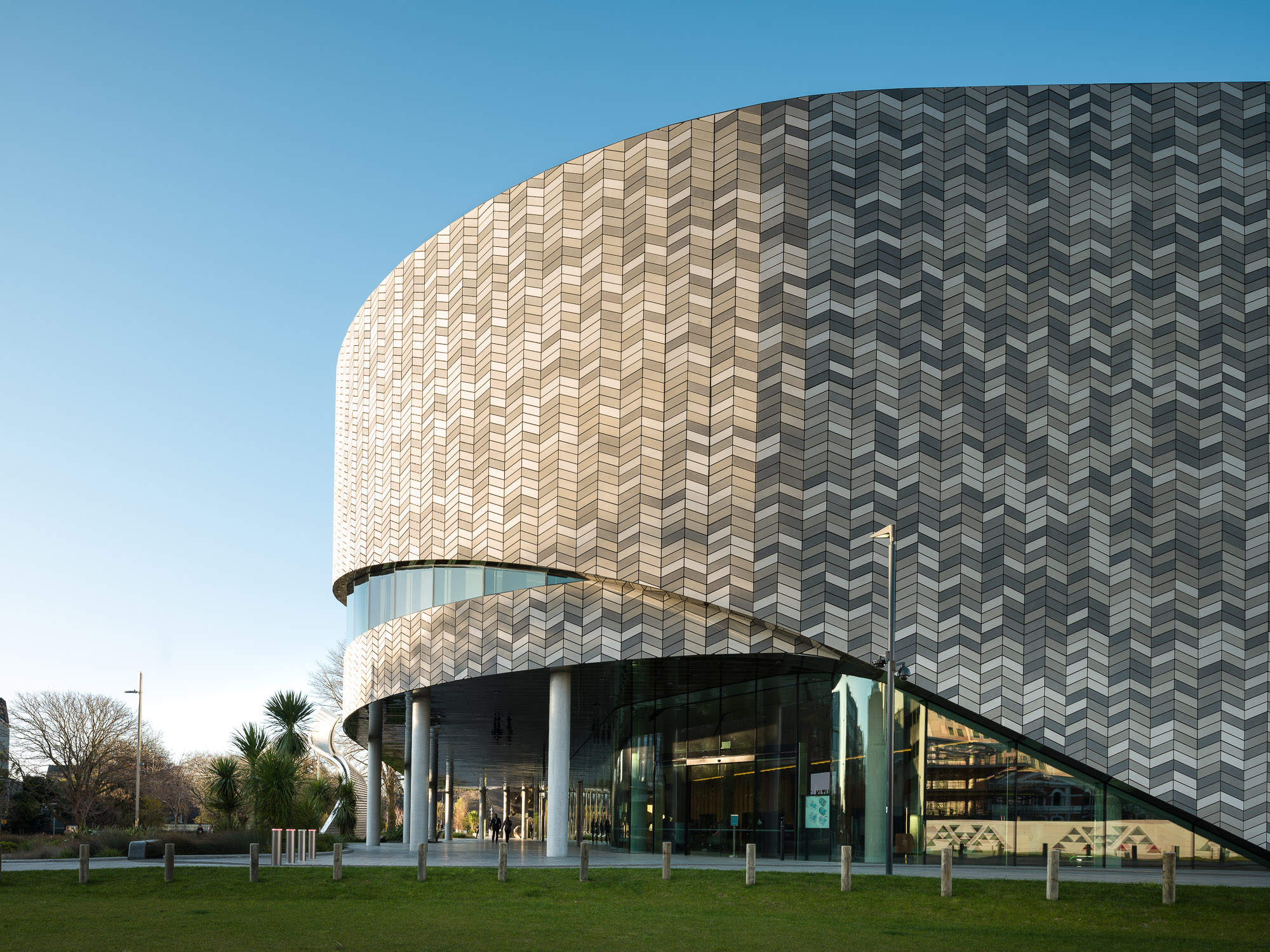
A small amount of barrel distortion on the right edge
Another missed opportunity is the lack of spirit vials on the lens collar. My current collar system integrates spirit vials for all three axes, which are more precise and convenient than using the electronic levelling system. I’m sure third party accessory companies will provide solutions in return for plentiful cash.
This might be me showing my ignorance about engineering challenges, but wouldn’t it have been glorious to have the first autofocus system in a tilt-shift lens? Sure, it would have driven up the cost and weight of the lens. But as someone who manually focuses his lenses a few hundred times in any given working day, I would have loved the autofocus lifestyle!
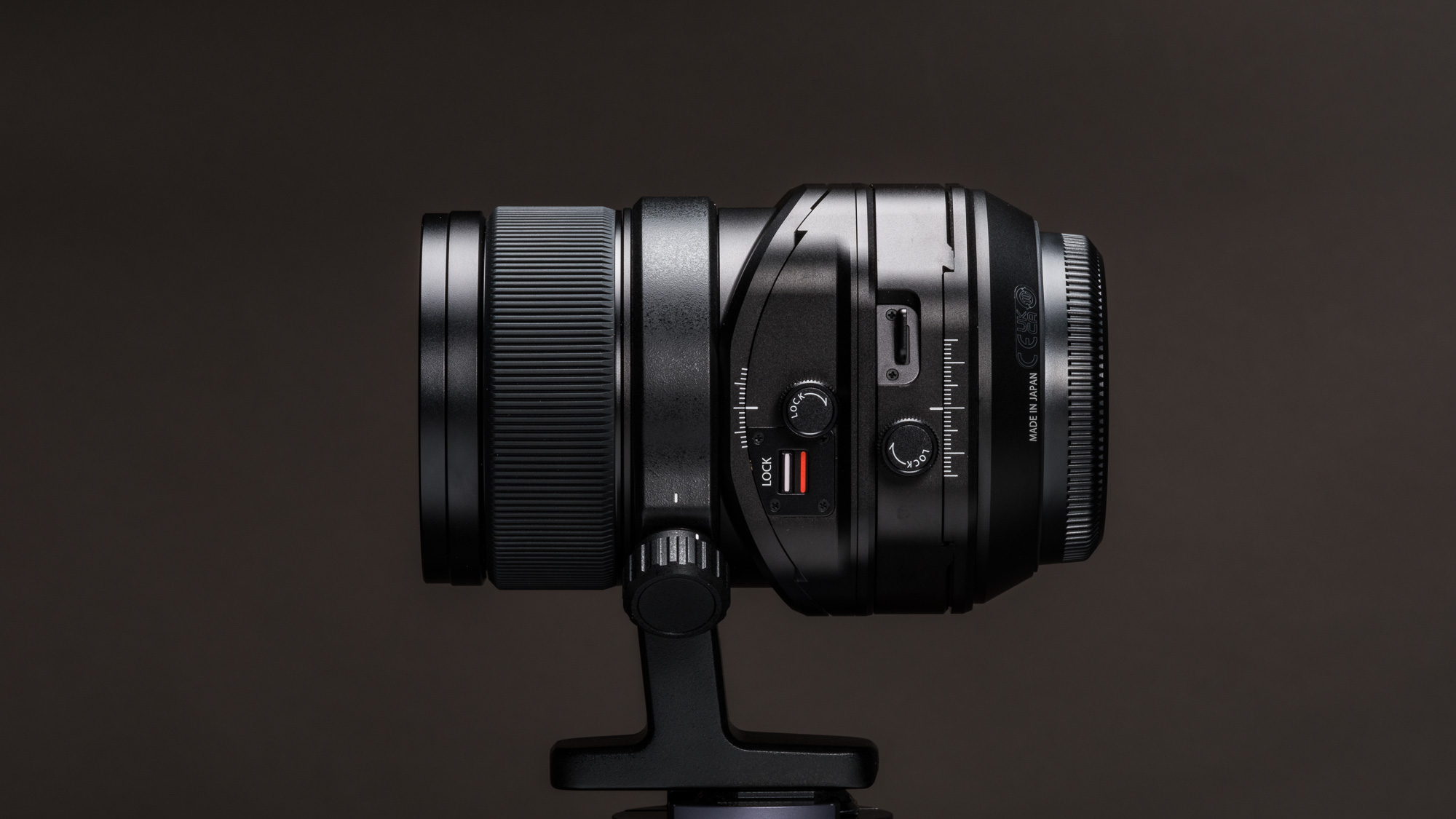
The business end: Tilt lockout and friction knobs
My final consideration is my biggest challenge with this lens: Its lack of being part of a system for architectural photographers. The trifecta used by most architectural photographers (Canon’s 17mm, 24mm and 50mm tilt-shift lenses) covers all focal ranges requiring shift-correction in an architectural environment. My current system covers a full-frame equivalent range from ~19mm to 50mm, with an extra step at ~35mm.
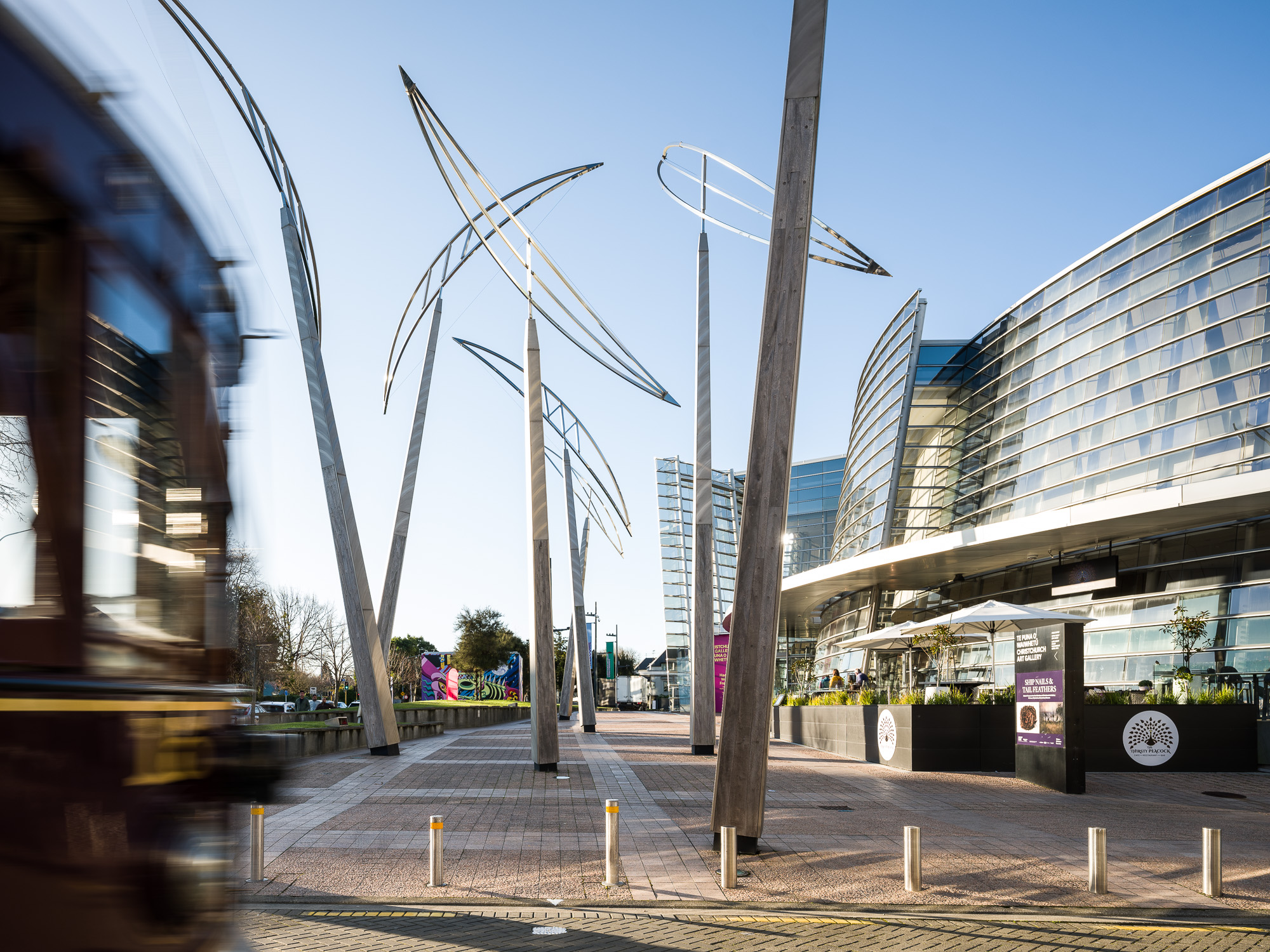
The GF30TS can be operated in a similar manner as my system, by either using the full sensor readout (24mm FF equivalent, 51MP, 4:3) or cropping down into full-frame crop mode (~35mm FF equivalent, 30MP, 3:2). This leaves holes at the wider and narrower ends of the aforementioned focal range spectrum. While a shift lens is absolutely essential for the wider end of the focal range, an argument could be made that the 50mm equivalent lens does not need to be a shift lens. A GF63mm or one of the longer zooms could provide unshifted coverage in that range. The resulting (moderately) out-of-whack verticals can be relatively easily fixed in post.
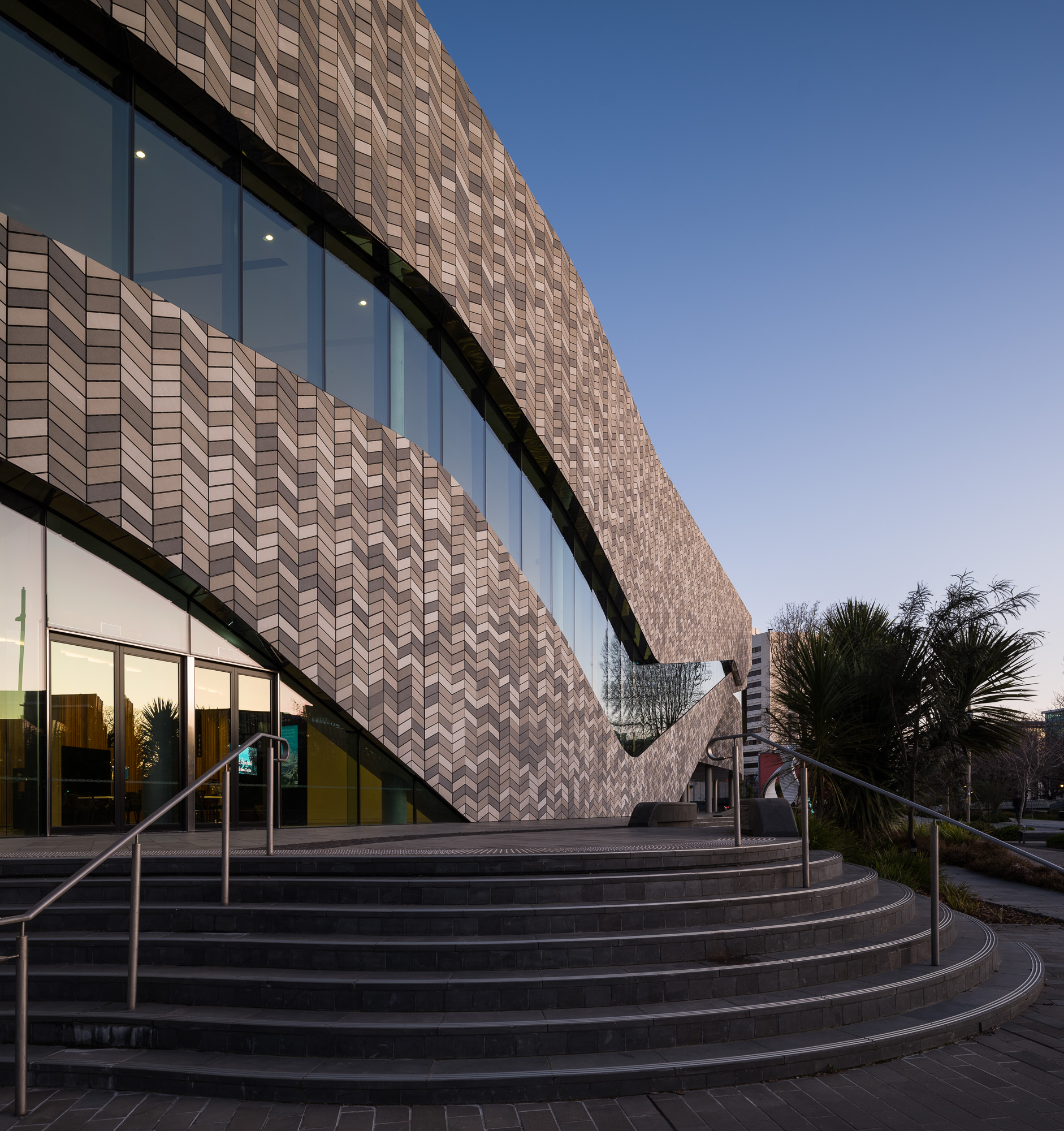
Vertically shifted Panorama
From a commercial photography perspective, I have to look at this lens as part of a system. The GF30TS is a great start to a new range of lenses that leans on Fujifilm’s history of providing excellent glass for sensors with beautiful colour rendition. As a next step, I would like to see a slightly wider companion lens at a focal length of around 17-19mm full-frame equivalent. Though I wonder how achievable an ultra-wide shift lens on a 44x33mm sensor is, at least without breaking the bank or requiring a forklift to move it around. I’m sure the clever engineers in Japan will figure something out!
One can only hope that the Fujifilm GF30TS is the starting point to a whole new range of architectural lenses. When Fujifilm started its X-Series lens lineup in 2012, it found an immediate fan base that anticipated many more lenses to be released. In the last ten years we have been hit by a deluge of lens options, and that is not even considering third-party offerings. Wouldn’t it be nice to see an equal boom of TS lenses for architectural work?


